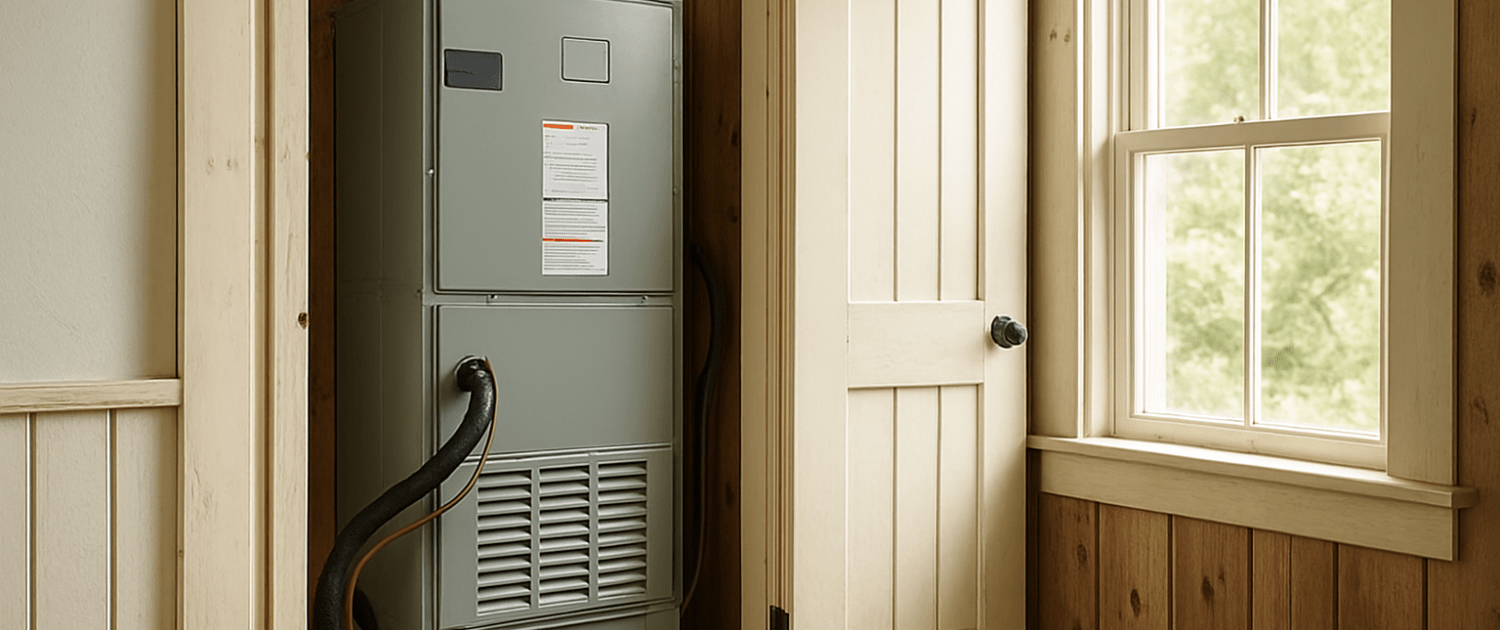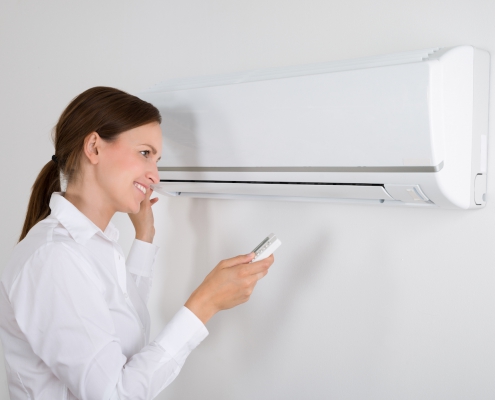AC Running Up Your Utility Bill? Here’s How to Troubleshoot It Fast
Steven E / Tuesday July 1, 2025
Has your electric bill recently jumped and your central AC is the prime suspect? It’s one thing to expect higher utility bills during a heatwave, but a sudden and unexplained spike often means your air conditioner isn’t running efficiently, or worse, something’s broken.
Before calling in a technician, there’s a lot you can check (and fix) yourself. We’ll walk you through the most common causes of a central AC system driving up your utility costs and how to troubleshoot, test, and replace key parts to bring those bills back down.
The information in this article may not apply to your specific appliance model. We recommend consulting your manufacturer’s documentation or contact us with any questions.
Why Your Central AC Might Suddenly Use More Energy
Several things can trigger a sudden rise in your energy bill, including:
- Restricted airflow (clogged filters, dirty coils)
- Failing components (capacitors, contactors, blower motor)
- Refrigerant issues (low charge or leak)
- Faulty thermostat settings or wiring
- Duct leaks or insulation loss
- Electrical inefficiency due to worn connectors
- Extended or short cycling run times
Let’s go over some steps to uncover the cause and fix the issue.
Check and Replace the Air Filter
A clogged air filter restricts airflow, causing the blower motor and evaporator coil to work harder, which raises energy consumption.
How to do it:
- Turn off your AC system.
- Locate and remove the air filter from the return vent or air handler.
- Hold it up to the light, if it’s dark or clogged, replace it.
- Use a filter with a MERV rating of 8–11 for balanced efficiency and airflow.
Tip: Replace your filter every 1–3 months, especially during heavy usage.
Clean the Coils (Evaporator & Condenser)
Dirty coils block heat transfer, forcing the AC to run longer and harder.
Cleaning the evaporator coil (indoor unit):
- Turn off power at the breaker.
- Remove the access panel.
- Spray no-rinse foaming coil cleaner directly onto the coil.
- Let it sit and drain, no rinsing required.
Cleaning the condenser coil (outdoor unit):
- Shut off power to the outdoor unit.
- Remove top grille or side panels as needed.
- Spray water from the inside out using a garden hose on low pressure.
- Brush off debris gently with a soft-bristle brush.
When to clean: At least once a year, ideally before peak cooling season.
Seal Leaky Ducts and Insulate Properly
Leaky ducts lose cooled air, making your AC work harder.
How to inspect and repair:
- Check for holes, disconnected joints, or loose connections in exposed ducts.
- Use foil tape or mastic sealant to patch leaks.
- Add insulation sleeves to ducts running through attics or crawlspaces.
Efficiency bonus: Seal air leaks around windows and doors to reduce the cooling load.
Review Your Thermostat Settings
Sometimes the issue isn’t the AC, it’s how it’s being controlled.
- Set your thermostat to “Auto” instead of “On.” “On” runs the fan continuously, increasing energy use.
- Use a programmable or smart thermostat to automatically adjust temps when you’re away.
- Avoid frequent manual temperature changes, which trigger extra cycles.
Identify Short Cycling or Long Run Times
When your system turns on and off too quickly (short cycling) or runs continuously, it wastes energy.
Causes of short cycling or long run times:
- Oversized or undersized system
- Clogged filter or dirty coils
- Incorrect thermostat location
- Low refrigerant levels
Fixes:
- Clean filters and coils.
- Relocate the thermostat away from vents and direct sunlight.
- Check for refrigerant issues (see below).
Spot Refrigerant Problems
Low refrigerant means your AC can’t cool efficiently and will run longer, increasing your bill.
Warning signs:
- Ice on the refrigerant lines
- Warm air from vents
- Hissing or bubbling near the evaporator
- High bill with poor cooling
You can’t test or recharge refrigerant without EPA certification. If you suspect a leak or low levels, call a licensed technician.
Monitor Utility Usage and Compare Bills
Before blaming the AC entirely, take a closer look at your actual power usage.
- Compare kWh usage month over month, not just the bill total.
- Check for new time-of-use pricing or rate hikes from your utility provider.
- Consider any new appliances or changes in household routine.
- Use a home energy monitor to track where power is going.
Where To Find Us
If you need any replacement parts for your appliances, you can enter your model number at AppliancePartsPros.com to locate and order them quickly. Most orders arrive in just two business days, and we have tons of great information in our repair help section and YouTube videos to help you troubleshoot.
Stay connected with the latest DIY tips, tutorial videos, and repair guides by following us on Facebook, Instagram, and Twitter. We love hearing about your repair stories and successes. If you need more help or want personalized guidance, feel free to reach out. We’re ready to help you take on your next project with confidence!
With nearly a decade of experience in providing top-notch customer service regarding appliance parts and repair, Steven enjoys sharing practical advice, troubleshooting tips, and interesting information to help readers stay informed.





